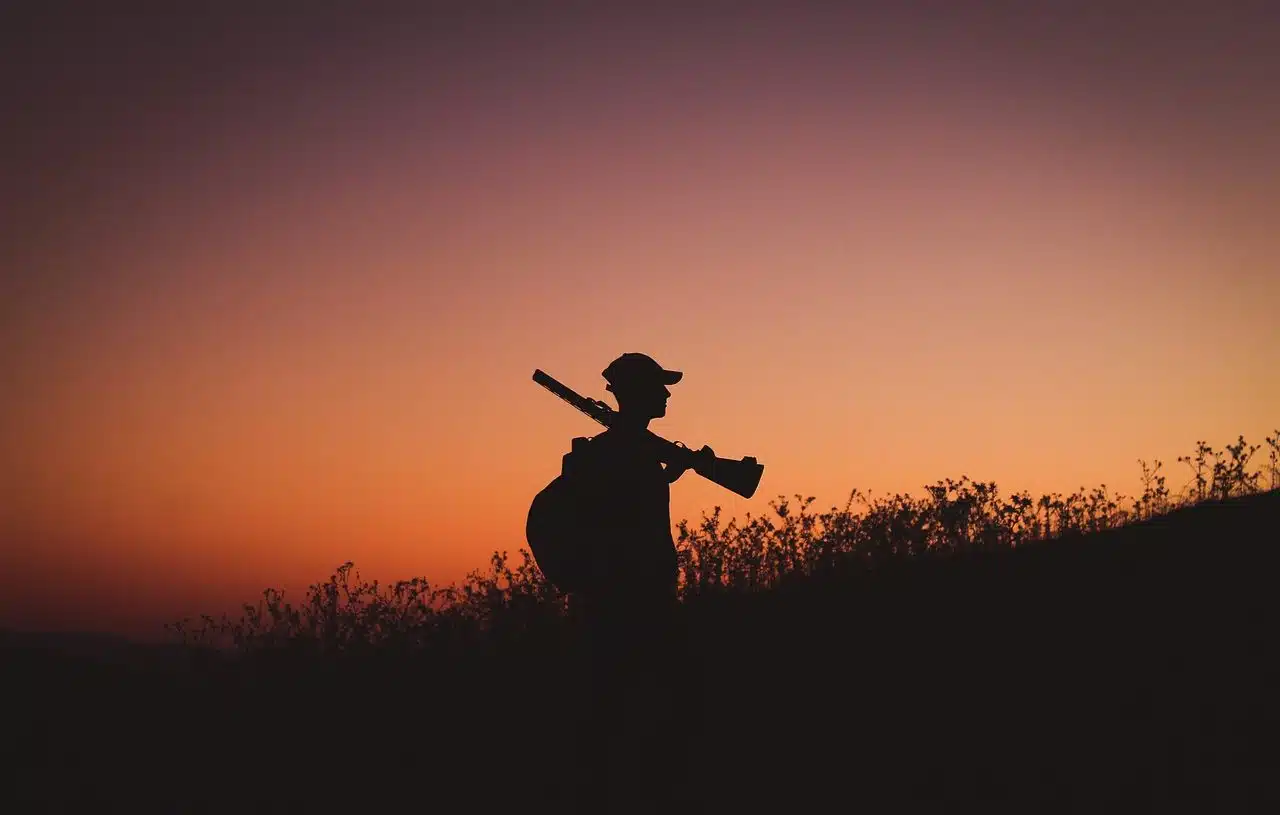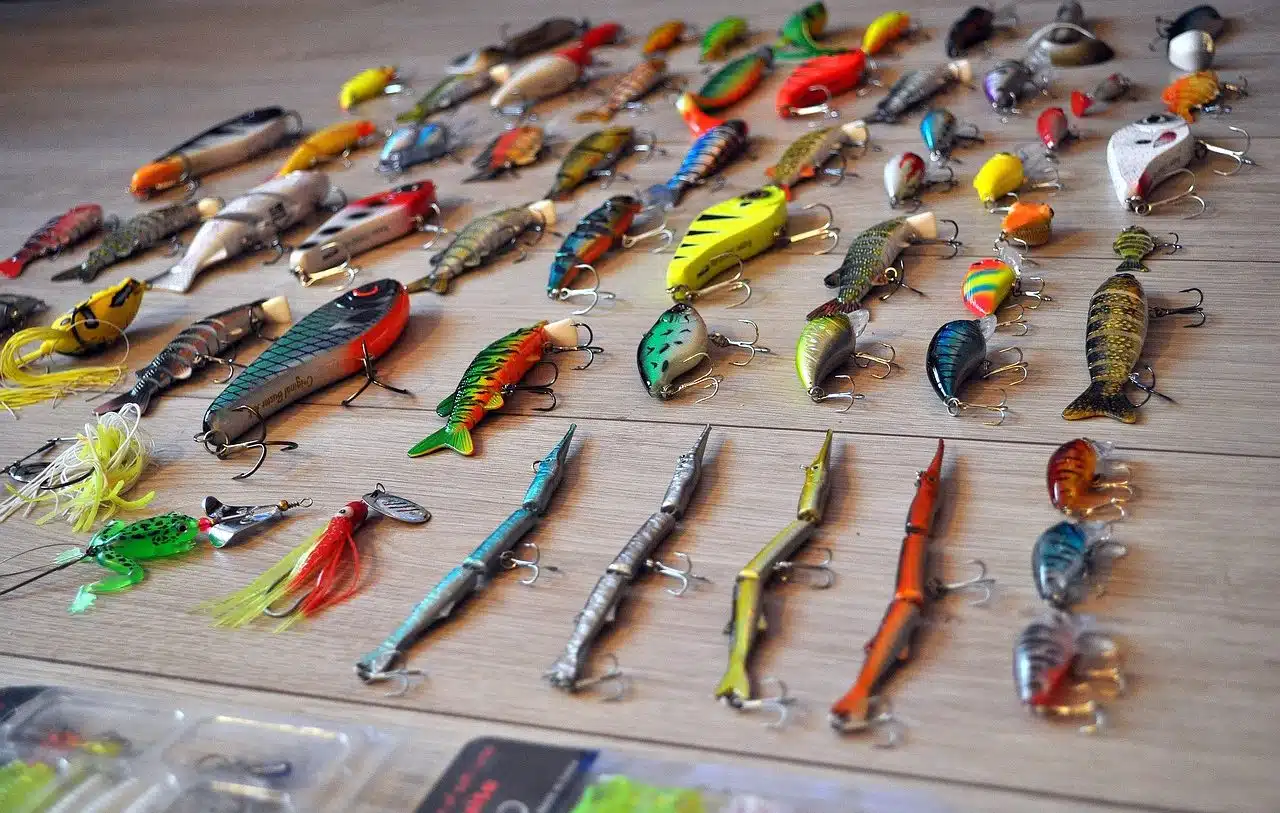
In hunting, the decoy is used to attract prey.
Lure is a term whose first meanings mentioned in the dictionary of the Royal Spanish Academy ( RAE ) are linked to birds and falconry . A decoy can be a figure that seeks to attract a hawk that has taken flight or, directly, a bird that is used to attract more birds.
In the context of falconry (the discipline that consists of hunting using birds of prey), the decoy is a piece used for animal training . Figures are also used as fishing lures and hunting decoys .
Lures in hunting and fishing
Suppose a person wants to hunt a moose . The hunter can construct a decoy that mimics the appearance of the animal and make noise to attract the attention of the moose and attract them to the location.
In the field of fishing , the use of lures is very common. So much so that there are a large number of varieties and types to satisfy the needs of each fisherman and to catch one prey or another. However, as a general rule, lures are usually classified into two large groups: natural and artificial.

Lures are used in fishing.
Its use by the Police
By extension to these meanings, everything that is used to induce something or attract someone through a lie or deception is called a decoy. Decoys are usually used by the Police to catch criminals.
In order to catch a pedophile who searches for his victims on the Internet , for example, the Police can have an officer pose as a child on social networks. In this way, the police officer acts as a decoy and manages to arrange a meeting with the criminal. When the pedophile goes to the meeting thinking he was going to meet with a minor, he is caught.
Security forces can also use decoys with the intention of catching a drug dealer or a serial killer who respects certain patterns when choosing his victims.
Decoys in aviation and marketing
Within the field of aviation, the use of decoys is also used. Specifically, the term is used to refer to a type of flare that is responsible for missiles guided by infrared sensors following it and not the aircraft they are trying to destroy. This resource is technically known as an infrared countermeasure .
On the other hand, in the marketing sector we have to highlight the existence of the decoy effect . It is a phenomenon consisting of consumers proceeding to make a change in preference between two options when a third alternative appears on the scene that is classified as asymmetrically dominant . This third proposal has lower performance than one of the alternatives, which is why users are expected to opt for the second option that was initially available.
In this way, what is achieved is that the consumer does not have any hesitation in choosing an option, the one that was desired to be their favorite.
